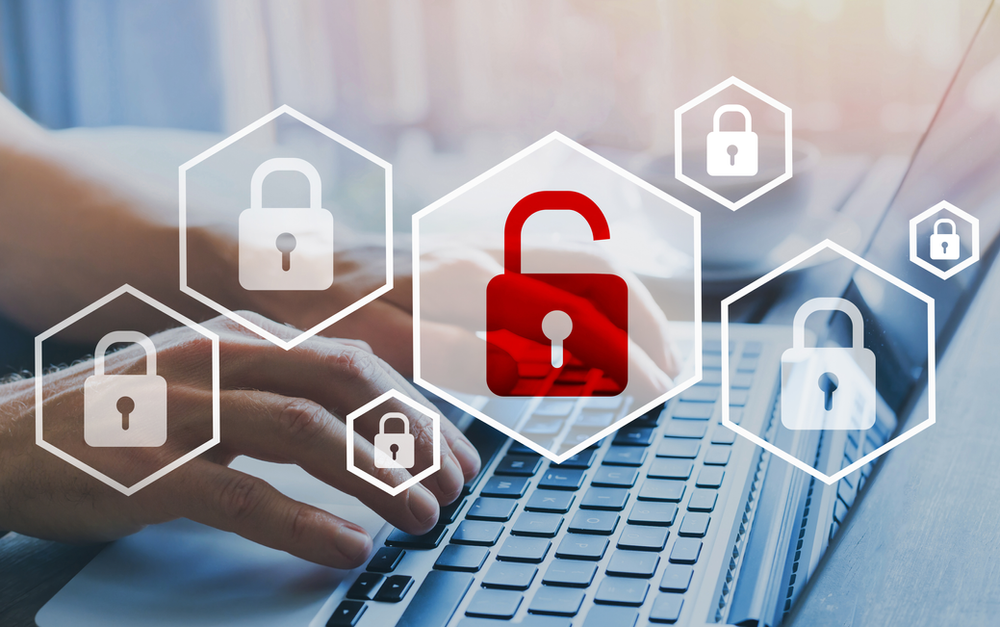BLOG
Tech Tips: Password Safety 101

Password safety is an often overlooked topic when people consider the complexity of modern cyberattacks. Strong password protection is the first line of defense against cyber threats. Even if you educate yourself on safety against being phished, plenty of cyberattacks implement methods known as brute force attacks to gain access to user accounts. If your password is too simple of a combination, a hacker may never even need to do anything other than push random attempts to steal otherwise unprotected accounts. Here, we’ll give you a better idea of how to implement password safety practices and ways to guarantee your accounts are more secure.
Why Strong Password Safety & Security Matters
Passwords are the most direct, first barrier between a cybercriminal and your sensitive information. A weak password can be easily cracked, exposing your personal, business, or financial data. According to a study by the Ponemon Institute, 51% of respondents suggested that they had difficulty managing their passwords, but it doesn’t always have to be so difficult.
Characteristics of a Strong Password
A strong password should:
- Be Long: Aim for at least 12-16 characters, but longer can’t hurt!
- Include a Mix of Characters: Use uppercase and lowercase letters, numbers, and special symbols.
- Avoid Common Words and Patterns: Passwords like “password123” or “qwerty” are easily guessable.
- Be Unique: Do not reuse passwords across multiple accounts. This compromises your password safety for multiple locations instead of keeping a breach isolated.
Creating a Strong Password
- Use a Passphrase: A passphrase is a sequence of random words strung together. For example, “PurpleMonkey$TreeHouse78!” is easier to remember yet difficult to crack.
- Incorporate Randomness: Mix up character types in unpredictable ways. A good example is “5&bLueF!sh3@#G”.
- Avoid Personal Information: Do not include easily accessible information like your name, birthday, or common words.
Managing Your Passwords
Password Managers: A password manager can generate, store, and manage complex passwords for you. Tools like LastPass, Dashlane, and 1Password are popular choices. They encrypt your passwords, ensuring only you have access, but it’s a good idea to research any company you decide to use for your passwords to make sure their cybersecurity standards have remained strong.
Two-Factor Authentication (2FA): Even with strong passwords, enabling 2FA adds an extra layer of security. It requires a second form of verification, such as a code sent to your phone or an authentication app.
Common Mistakes to Avoid
- Reusing Passwords: Each account should have a unique password. If one account is compromised, others remain secure.
- Writing Down Passwords: Avoid writing passwords on paper or saving them in unencrypted files on your computer.
- Ignoring Security Updates: Regularly update your passwords and ensure your software and security tools are up-to-date.
Strong password protection is a fundamental aspect of cybersecurity. By creating complex, unique passwords and employing tools like password managers and 2FA, you can significantly reduce the risk of unauthorized access to your accounts. Stay vigilant and proactive in your approach to online security to protect your personal and professional data. If you have a feeling that your password may have been compromised, or if you’d like more guidance on managing your passwords and cybersecurity, give our experienced team a call or send us an email at sales@10-100.com!


